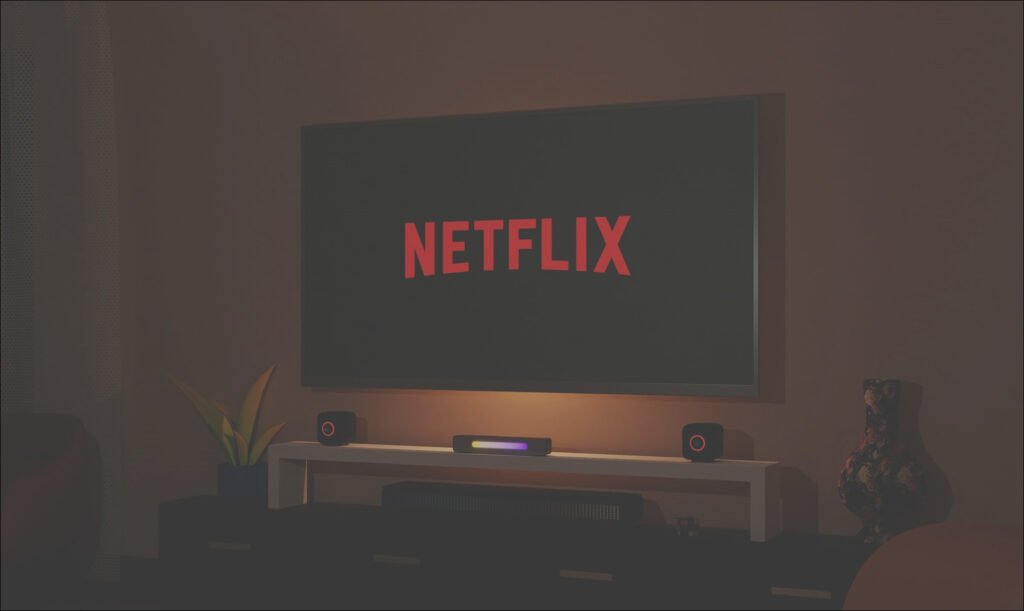In the ever-evolving landscape of digital streaming, YouTube has firmly entrenched itself as a titan, eclipsing rivals and commandeering a staggering portion of viewers’ attention. As classified by Nielsen, this platform stands shoulder to shoulder with behemoths like Netflix, Disney+, and Max. Over the summer, a significant milestone was achieved: YouTube became the first streaming service to account for a remarkable 10% of all television watch time. In essence, that translates to one in ten television activations bypassing traditional networks and other streaming alternatives in favor of YouTube’s vast content reservoir.
YouTube, much like its Nielsen counterpart, places considerable emphasis on watch hours as a pivotal success metric. Interestingly, it opts not to reveal the precise number of individual users engaging with its offerings on TVs. Additionally, the platform consolidates revenue from its paid services—YouTube Premium, YouTube Music, and YouTube TV—into a single figure, shrouding specifics in ambiguity.
Yet, the competitive landscape is shifting. Giants such as Netflix and Roku are beginning to retreat from the practice of publicizing exact subscriber counts. Netflix’s recent announcement has stirred discussions; starting in 2025, they will no longer disclose user numbers, citing the increasing inaccuracy of subscriber data in reflecting their business health.
Greg Peters, Netflix’s co-CEO, articulated this shift during an investor call, emphasizing how the company has evolved. “Our revenue model is transforming,” he stated, noting the integration of advertising and nuanced features like ‘extra member’ subscriptions—elements less tethered to the sheer number of subscribers. “We’re shifting our focus toward metrics that hold greater significance for our business strategy.”
Roku echoes this sentiment, asserting that a pivot away from releasing exact user figures is rooted in a strategic focus on enhancing Platform revenue and profitability. “Our growth in Streaming Households, especially in international markets, does not accurately represent our Platform revenue progression,” they conveyed to shareholders. Consequently, Roku intends to prioritize streaming hours as a chief success indicator.
Netflix too acknowledges the need for this new direction. Co-CEO Ted Sarandos remarked in April, “Watch hours are our lodestar, the most telling metric of member satisfaction. Happy members remain engaged, prompting prolonged subscriptions and buzz among peers, driving both revenue and profit—these are our guiding principles.”
This concerted motion towards a unified metric—watch hours—by formidable streaming networks signals a collective acknowledgment of YouTube’s formidable standing in the realm of streaming. It presages a potential standardization of performance evaluation across the industry. The benchmarks may vary: is a single household equated to one subscriber? How do we define a “view”? As disparities proliferate across subscription models, rationalizing pure revenue comparisons becomes convoluted.
Ultimately, however, time remains a constant across all platforms. Each watch hour—be it on YouTube, Netflix, Roku, or even traditional television—carries the same weight. As Netflix and Roku pivot to emphasize this time measurement, there’s little doubt that other services will follow suit, potentially establishing watch hours as the definitive currency of success in the burgeoning streaming ecosystem.

